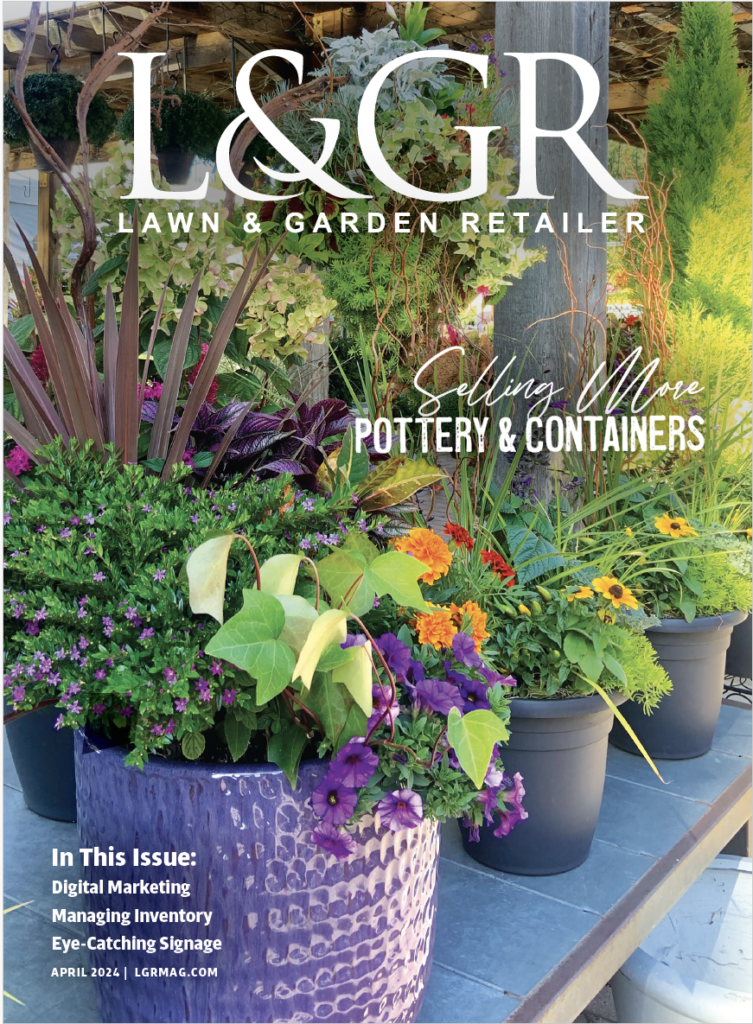The Perfect Plot
Gardening books I think you’ll agree with me when I say there is in no way a shortage of them. It can be down right impossible and overwhelming to find that perfect selection of books for your clientele. Luckily, Lawn & Garden Retailer recently had the chance to catch up with five authors of four new gardening books chiming in on a category edible gardening that continues to show potential for growth. In the following, these authors share their inspirations behind each book and what it’s content can do to keep your customers excited about “grow your own.”
Joel Karsten – Straw Bale Gardens (www.strawbalegardens.com)
What was the inspiration behind your new book Straw Bale Gardens?
I have been using the straw bale gardening method for nearly 20 years and began using bales simply out of necessity, since the soil on my newly purchased property turned out to be fill material, with only rocks, gravel and heavy clay compacted and covered with sod.
After a few years of experimenting with the techniques and perfecting my growing system, I started to get lots of interested friends and neighbors asking how I do it, and if I could give them my information. This is where the first draft of a book came from.
After writing several versions of a self-published booklet over the years, my current publisher Cool Springs Press came to me and we agreed to create this book, Straw Bale Gardens, as a summary of all those lessons learned over the years from my experiences with this method.
We knew there was a great interest in straw bale gardening when the local NBC affiliate station Kare11 did a feature story one night, and by the following morning I had 500 requests for the booklet I had offered for sale.
What type of consumer and gardener does your book appeal to most?
The biggest appeal is to both ends of the gardening spectrum. First is the brand new gardener, who is not up for all the work involved in a normal garden. Soil modifications can be expensive and establishing a garden can be a lot of work. Weeding often gets the best of even the most well intentioned gardener.
Straw bale gardening requires no weeding and makes it easy for even a novice to be very successful right out of the gate. If you saw how bug eyed people get when you tell them that they will no longer have to worry about pulling weeds in their garden, you’d understand what I mean. People that dislike gardening are simply those that anticipate a great deal of hard work or that have done it and are now avoiding what is a pretty big commitment to hard work throughout the season in a regular garden. This option can quickly bring in new gardeners and bring back the gardeners who have given it up due to exhaustion.
On the other end of the spectrum is the seasoned gardener who is becoming less physically able to do the hard work that is involved in normal soil gardening. They understand the advantages of the raised height and no weeding, and often they have an even better understanding of the “conditioning” process and the extra heat that it generates. Their knowledge often extends to an understanding of what good growing media looks like, and when they see what is created inside the bales after they condition they understand how advantageous the method truly is.
Can garden centers use this gardening approach to keep customers interested and engaged post the typical spring rush?
This method of gardening can be used at any point during the season but is best if started early in the year. I think a demonstration garden at any nursery could draw interest all year, and it can demonstrate the productive capacity of only a few bales and the ease of care and maintenance.
Setting up a simple five-bale garden, and labeling the vegetables planted, then photographing the produce that is harvested and pinning the pictures on a board near the display is a way of showing folks how really simple and inexpensive it can be to produce a very large amount of produce in a very small space. Growing at least a portion of your families own fresh produce can completely change their attitude toward food and encourage them to eat healthier and to save money doing it.
Showing someone a garden growing on solid concrete or asphalt will also change many people’s paradigm about where one can grow a successful garden. The old idea that you need to have a beautiful spacious backyard with deep topsoil is in direct conflict with this demonstration garden, growing in a sunny spot on the concrete.
Leslie Bennett & Stefani Bitner – The Beautiful Edible Garden (www.starappleediblegardens.com)
As landscape designers, what trends were you encountering on a daily basis that provided inspiration for your new book?
There’s so much energy behind the local food movement don’t ignore that. Too often in gardens, growing food gets translated into either row crops or throw-together spaces that are productive but not very beautiful. I think a lot of people look at it as an either-or approach.
Through our experiences, we’ve seen vegetable growers say, “I want to grow food so I might have to sacrifice some of my beautiful garden.”
That’s a real dilemma for today’s gardeners. That then was the growing trend that really inspired us to publish this book.
We’re seeing more and more people growing food in their front yard. Everyone is so focused on production, production, production, and we’re forgetting it can be a space that can be enjoyed visually as well.
You shed light on a number of attractive edible gardening techniques in your book. Can you suggest a couple that might make for an interesting educational opportunity at a garden center?
Perennial edibles can be the easiest way garden centers capitalize on additional types of edible gardening. Consumers are excited about fruit trees and the huge range of fruits that are out there. Nurseries showing off these fruit trees and edible shrubs by incorporating them into generally traditional landscape displays can translate into more dynamic displays.
Typically when you think edible gardening, you think herbs and tomatoes. Introduce your customers to more. Show how perennial edibles can look in the landscape.
The idea of successional planting is another opportunity garden centers can expand on. Many times we get excited about vegetables, go to the nursery and buy a couple hundred bucks on veggie starts all at one time and stick them in the ground. Then six to 10 weeks later, we get this huge glut of food. It can be overwhelming and now we have to give away 100 zucchini. Then after that we have nothing.
This happened to a lot of our clients before we started working with them. We find that highlighting the differences between varieties early, mid or late season keeps gardeners engaged in their gardens for a longer stretch of time. Where’s the fun in having everything ripen at the same time?
What demographic do you think The Beautiful Edible Garden appeals to the most?
Two very distinct, different types of gardeners stand out to us. There are those who think of growing food and then those who want to redesign their landscape into a way that’s nice to have people over for dinner, who don’t ever think of growing food.
This particular type of gardener is where the potential is. People who use their outdoor space, but don’t use it to grow.
Integrated edible gardening is becoming more widespread. It’s not necessarily new, but it is about to hit the general consciousness. Adding edible peppers for summer color instead of zinnias in your annual planting areas is an example. It’s our job to play up the color, style and substance edibles have in container gardens and landscapes.
Willi Galloway – Grow Cook Eat (www.digginfood.com)
What experiences of yours were behind the creation of your book Grow Cook Eat?
As the former West Coast Editor of Organic Gardening magazine, I noticed back in 2003 that initial groundswell in vegetable gardening, particularly in new gardeners and younger people.
Lots of veggie books were so focused on growing information but kind of glossed over harvesting information or didn’t include it at all. So I made sure this was a focal point in my book and that’s why its extended title reads: “A Food Lover’s Guide to Vegetable Gardening, Including 50 Recipes, Plus Harvesting and Storage Tips.”
Do you see the topic of harvesting as an area of opportunity for locally-owned garden centers?
Definitely! Most first time gardeners don’t know exactly when to harvest. They’re typically unaware about harvesting other uncommon parts of the plants they’re growing (seeds, leaves, etc.).
These “uncommon” parts that aren’t available to you at the grocery store are now available to you because you’re growing them. Help people take advantge of all the food in their gardens. This is a real, eye-opening opportunity and a great chance to educate and cultivate interest.
I do a lot of speaking engagements for Molbak’s Garden + Home (Woodinville, Wash.). I will come in the spring to talk about vegetables, but I’ll also come in the late summer to talk about harvesting and about fall vegetable gardens. Too many times people think about their fall garden when it’s too late. Make it a goal to see vegetable gardening in some capacity relates to your customers all year long.
When I speak at Molbak’s, I can see people recognize that education can be a valuable sales tool, too. Classes can be used to remind customers that your store has the products they need to turn what they just learned into actual results.
At the height of vegetable growing season, Molbak’s also sends out a newsletter every two weeks that tells subscribers what to do in their gardens and when and what to harvest.
Currently living in Portland, what garden centers do you frequent and why?
I shop at mostly urban garden centers: Pistils Nursery, Portland Nursery and Garden Fever.
In my book I really focus on variety choices and these retailers do as well. As a specialty nursery, you can offer something besides ‘Early Girl’. Not that there’s anything wrong with that variety, but I think people are getting used to more unusual and non-traditional varieties. Why? Because they’re shopping at farmers’ markets.
Farmers have a vested interest in growing tasty, delicious food and vegetables that grow well in the same or similar region people shopping the market live in. They’ll ask farmers, “What variety is this?” and then they’re disappointed when they can’t find it.
Nurseries that focus on their edible program take an extra step and say, “We did the research and chose these varieties because: One, they’re going to grow really well in this area. Two, we’ve only chosen varieties that taste good.”
As an eventual gardener, you’re less concerned about yield and shipability. You just want to grow something and grow it because it tastes good.
What are your thoughts on edible gardening and how it relates to Generation Y?
My theory is, prior to this generation, people went to gardening because they bought a house and wanted to plant some foundation shrubs. They wanted to make their front yard look nice end of story. Sometimes they caught the bug and continued.
Now people are coming to gardening by way of a different route. They’re coming to it as part of they’re lifestyle. They’re already eating local, organic food at restaurants, and they’re buying their produce at farmers’ markets.
They are very interested in finding out where their food comes from. Growing their own is
a natural next step. A lot of them don’t know what to do or how to get started. Garden centers need to get in front of them and say, “We have great plants; we have great staff; we have educational events; we can fill in the information gaps to make things more realistic and improve your chances.”
Amy Stewart – The Drunken Botanist (www.drunkenbotanist.com)
What was the inspiration behind your new book The Drunken Botanist?
Believe it or not, this book was born over drinks. I was sitting with my friend Scott Calhoun, a writer, landscape designer and agave expert from Tucson. Someone had given him a bottle of Aviation gin and he said, “Yeah, I’m not much of a gin drinker. I don’t know what to do with this.”
Well, I knew what to do with it! I made him a variation on a gin and tonic that involves jalapeños, cilantro and cucumber.
As we drank, I kept talking about how anyone who is interested in plants should be excited about gin because it has so many interesting plants in it. And really, that’s true of every bottle behind the bar: tequila comes from agave, rum from sugarcane, bourbon from corn, and so on. At some point that night, I said, “Somebody should write a book about that!” So I did. I write about the plants that we actually ferment and distill to make alcohol, and the plants that flavor gins, liqueurs and other spirits at the distillery, and finally, in the third part of the book, I go into the plants people might grow in their garden as cocktail mixers and garnishes.
What gardening themes or concepts are available in your book that garden centers can use to inspire their customers?
Just as people who love to cook get into gardening because they want fresh, seasonal ingredients, cocktail aficionados are doing the same thing. I was just at a Seattle garden show and there were three of us doing seminars on cocktail gardening, mixology and garden- fresh infusions like homemade liqueurs and bitters.
The audience for my book is as much cocktail lovers as it is gardeners, and it gets the cocktail crowd thinking about gardening for the first time. People want to grow their own sloes (Prunus spinosa) to make sloe gin or their own black currant (Ribes nigrum) for cassis. It is a whole new way of thinking about edible gardening.
What type of consumer and gardener does your book appeal to most?
There’s a whole crowd of cocktail lovers out there who might not be gardening at all right now. I’m speaking at the Denver Botanic Garden this fall and doing a cocktail gardening workshop, and we’re inviting members of the local chapter of the U.S. Bartenders Guild. They love the geekier aspects of cocktail culture, including understanding the botany behind their ingredients and growing their own. There’s also a craft distillers’ guild we’ll be inviting.
There’s also a DIY crowd very into making stuff jam, pickles, all of that. And that crowd also gets into making bitters, limoncello, infused vodka, vermouth, real maraschino cherries and so on.
Finally, there are, of course, gardeners looking to expand! I love these Mexican sour gherkin cucumbers, which are the size of olives or grapes and green with white markings like a miniature watermelon. The vines are incredibly prolific and easy to grow. Sure, it makes a great cocktail garnish, but what gardener wouldn’t want to grow those?
And I do know that gardeners love a good party. I’m getting lots of calls from garden clubs right now that want to do a summer garden cocktail party and are looking for ideas.
What do locally-owned garden centers need to maximize the potential of edible gardening?
Show enthusiasm! Sometimes I go into garden centers and see no visible signs of enthusiasm anywhere. If you’ve got 50 flats of a particular plant sitting out, tell me why! What’s so great about it? Why are you so wildly in love with it that you have 50 flats?
But what does enthusiasm look like, specifically, day in and day out? First, the employees ought to be so delighted with the plants that they can’t help but gush over them that means talking out loud to the customers and to each other about how unbelievably awesome the plants are.
Second, there ought to be really fun, personal signage not “Sun/Pt Shade, Avg. Water, 100 Days.” Instead: “THIS is the tomato that will take you back to your grandmother’s garden, AND it resists that nasty wilt that strikes vines down in their prime in our area! If you garden by the ocean and have given up on tomatoes, this one is for you! We promise!”
Be personal and fun about it, but also be specific about why it’s so great. There are a lot of wonderful new plants on the market, improved varieties, but customers don’t know about them. You have to tell them. I talk to experienced gardeners, and some of them don’t know that there are slow-bolt varieties of cilantro that won’t go to seed a couple weeks after you plant them or that some basil varieties are more tolerant of cool weather than others.
How can garden centers extend their sales season with edibles?
Cocktail gardening is a year-round endeavor. Think bareroot fruit trees and berries in winter, indoor kitchen window gardens of fresh mint and basil and supplies for overwintering stuff. I am going on the road right now doing a slideshow on cocktail gardening where I show people heated seedling mats and LED grow lights that screw into regular lamp sockets, and people have never seen this stuff before.
Consider offering classes on preserving the harvest for cocktail garnishes, such as home- brined olives, preserved cherries and fruit liqueurs.
Invite local distillers, brewers or winemakers for a monthly tasting or partner with a local celeb bartender to create a fresh, seasonal cocktail that you promote to customers. People can try the drink at the bar and come to you to buy the plants that go into it. A partnership between a garden center and a bar sounds like a win-win to me.
And what about a demonstration garden at a local bar? You can tell customers: “Check out our cocktail of the month on tap at ‘XYZ Bar,’ and be sure to visit the rooftop cocktail garden we’re building with them.”
I know what you’re thinking: Who’s got that kind of time? Believe me, I get it. My husband and I own a bookstore. We always have more ideas than we have time to carry them out. That’s where the enthusiasm comes in. Is there someone on staff who is an amateur mixologist? Is there a local cocktail blogger who is really excited about the garden-to-glass idea and might want some free plants to experiment with? If someone is genuinely excited about this stuff, they’ll make it happen.

The Perfect Plot: Five gardening experts turned authors share tips to keep your customers interested in edibles all year long.


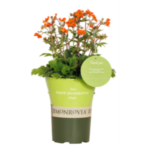
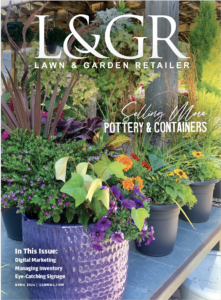
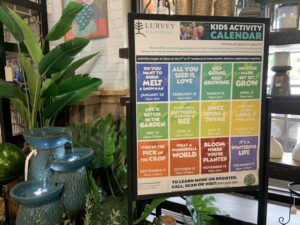
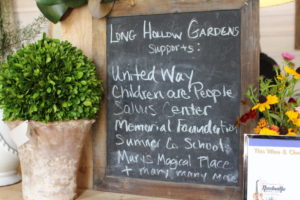
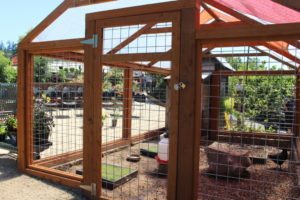
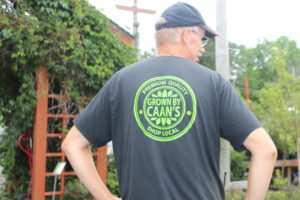
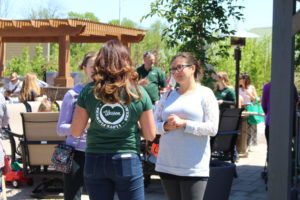
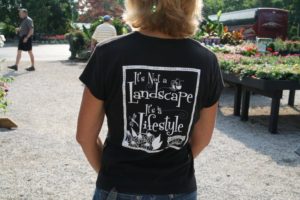
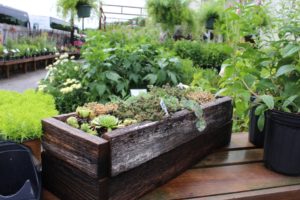

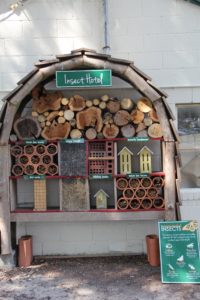
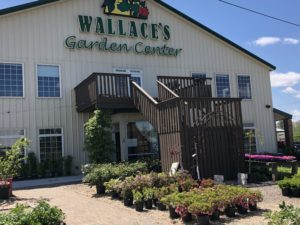
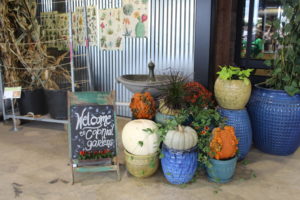
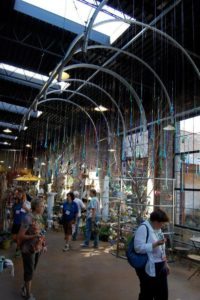
 Videos
Videos




